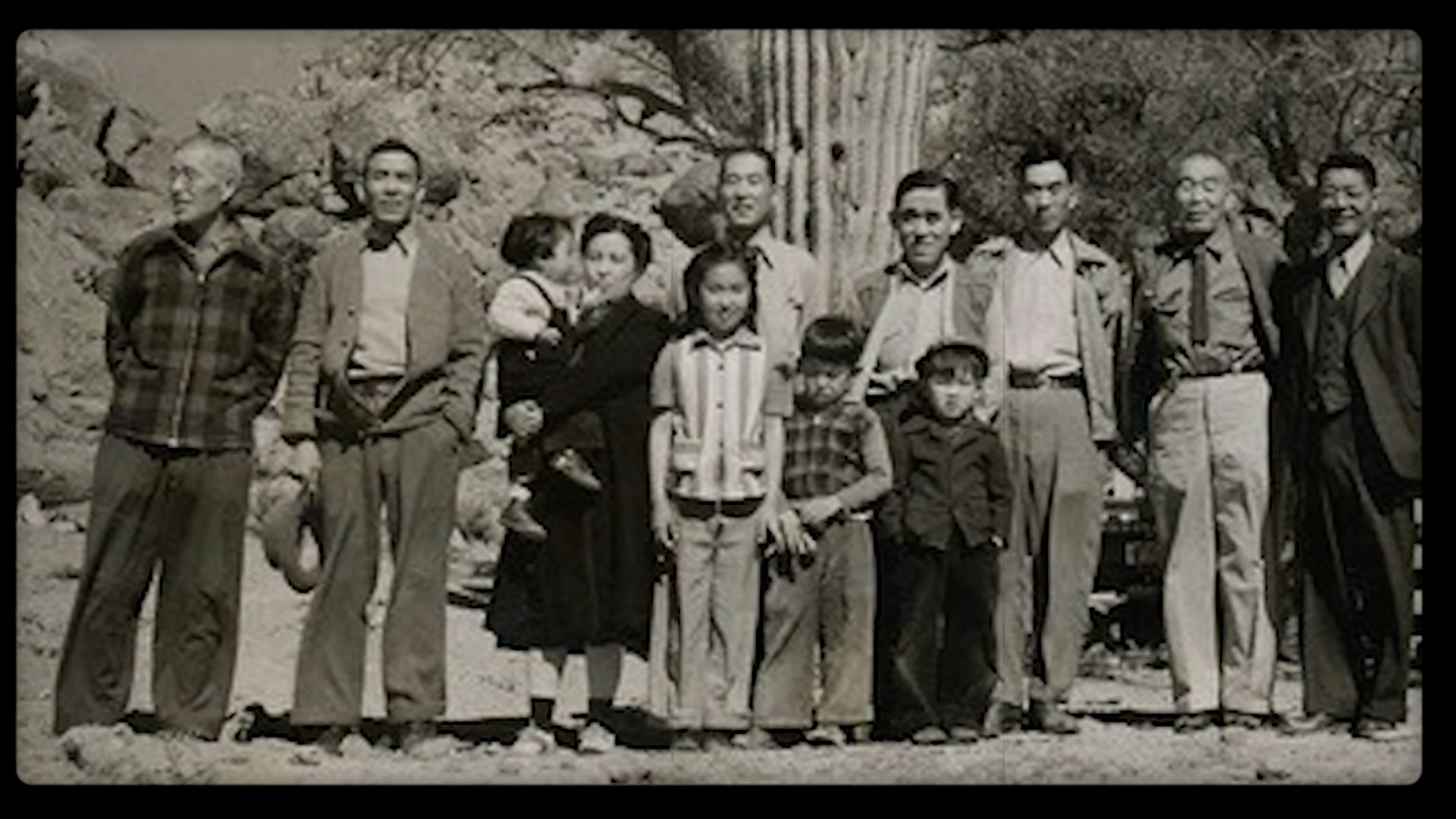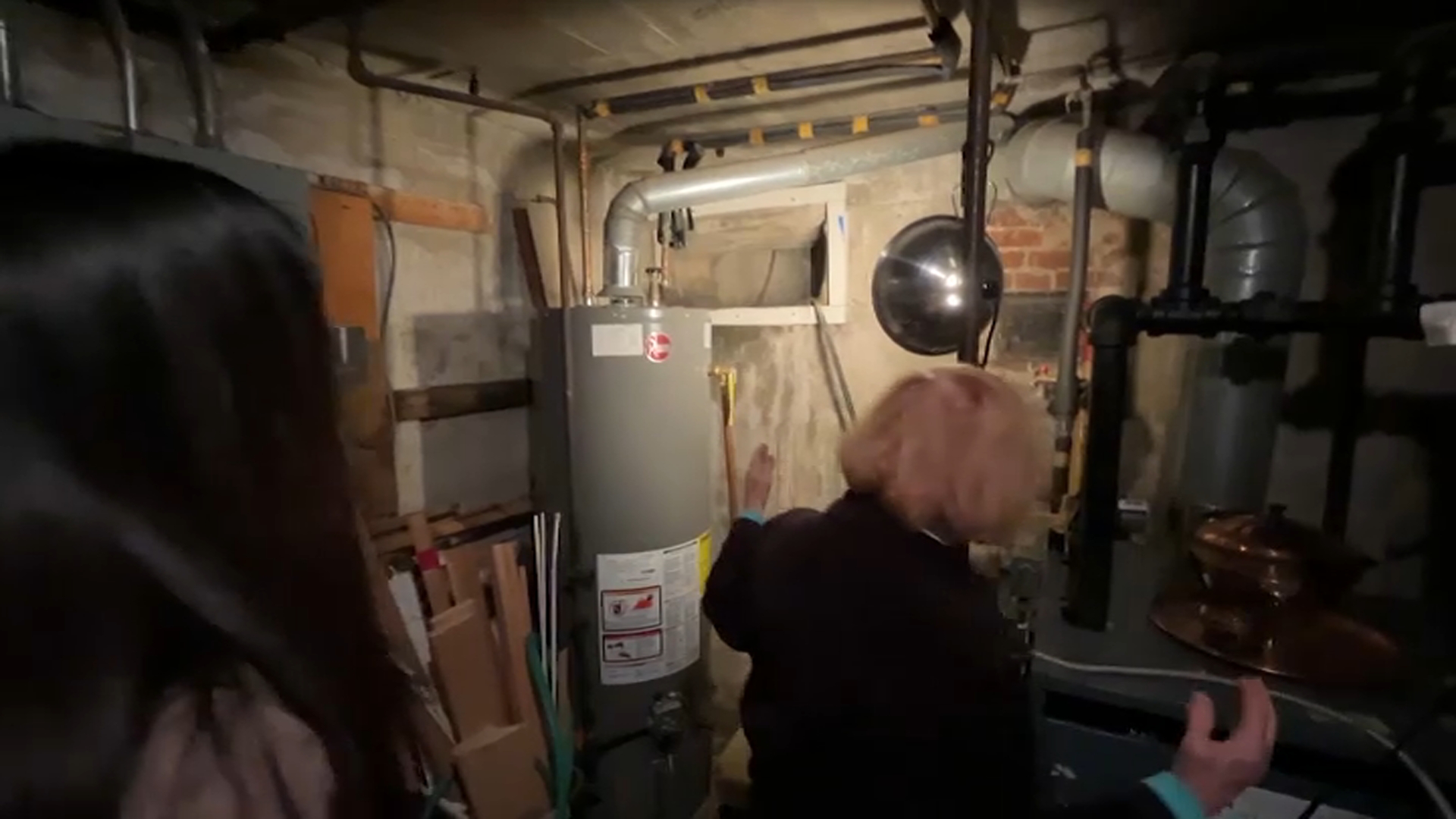One of the main lessons of history is to not repeat the errors of the past. It’s why UMass Boston Professor Paul Watanabe brings his students to the Japanese internment camp where his family was forced to live for four and half years during WWII.
It is an emotionally draining journey into the California desert in April, for them to experience Manzanar.
“It was extremely hot and there was just dust everywhere. My first reaction was, wow, the government must have chosen the worst possible spot to put these people. And it’s another not surprising fact, it was probably on purpose,” said student Reema Elrefaie.
We met up with Watanabe’s class when they had just returned from their pilgrimage to Manzanar, one of the 10 camps the US government set up to incarcerate 120,000 people of Japanese heritage. Two-thirds were American citizens and the remainder, at the time, could not pursue citizenship - it was illegal for Japanese immigrants to even become citizens. We got to sit in on their class discussion.
Get Boston local news, weather forecasts, lifestyle and entertainment stories to your inbox. Sign up for NBC Boston’s newsletters.
“The whole internment experience was a cultural genocide," Roisin O'Keefe said.
“There was a list on the executive order of things that people were told to bring. It was like bed sheets, pillowcases, dishes, clothes, and nothing else. People weren't allowed to bring pets. You weren't allowed to bring family heirlooms. Anything that kind of was representative of your culture you had to conceal," Jamie Roballo added.
For Watanabe, his reflections on the visit brought him to tears.
“Every time I go there, I look at the screen where they have the names of the people there, and I see my brother, my father, and my mother. And I feel so bad because I feel like I'm really abandoning them in that place. But I see the need to come back and say, when I leave that place. I’m not really leaving them there; I'm going to teach people about it.”
In 1942, there were 10,000 people of Japanese heritage living at Manzanar. They were all given two days to leave their homes and forced to live at the relocation center without any idea of when they’d be able to go home. Most were citizens and some had sons fighting in the war.
“These people served. They've just risked their lives on the battlefield. And then they had to go back into captivity where other people are pointing guns at them. And for them to say it was for their safety, that was the most insulting part of it,” said junior Caitlin Echeverri.
More on our history
Guard towers and barbed wire surrounded 500 barracks here, where families got 20' x by 25' feet of space. There were no walls where they lived, no partitions between toilets or showers.
Sophonie Compas described it saying, “We could see how they had no privacy; even the showers, they were all one after the other and it reminded me of what I imagine a prison to be like.”
“You are in the middle of nowhere. You're always going to feel like you're not in the correct place and that you're lost. It's almost like a ghost town, like you feel the presence of people there,” commented Sydney Moos.
As the students, all juniors, explored the sprawling but barren stretch of land, they realized they were getting an American history lesson not always found in their childhood classrooms.
“I knew very little about Japanese internment. Growing up in New England, I didn't have a big unit on that in school. These people in history were wronged. And now we have these ways that we can honor them," Julia MacDonald said.
When WWII ended in 1945, the government closed Manzanar and the nine other camps. They dismantled them and sent thousands of families to try and rebuild their lives.
“These injustices keep happening and everyone likes to look back and say, ‘never forget. I would have been better if I was there.’ But these injustices are still happening, and our opportunity is now to be better," Marianna Carey said.
It’s the one critical lesson Watanabe hopes guides his students in the future.
"When you experienced something, what your duty is to tell people about it and not let it happen again. And for many of you, it's not going to be the internment of Japanese-Americans. It’s what’s the biggest concern of yours. But whatever the concern is, I think you've got to take this notion that this history is something that you’ve got to preserve. You have to understand that. You have to tell people about it because it's critical," he said.



